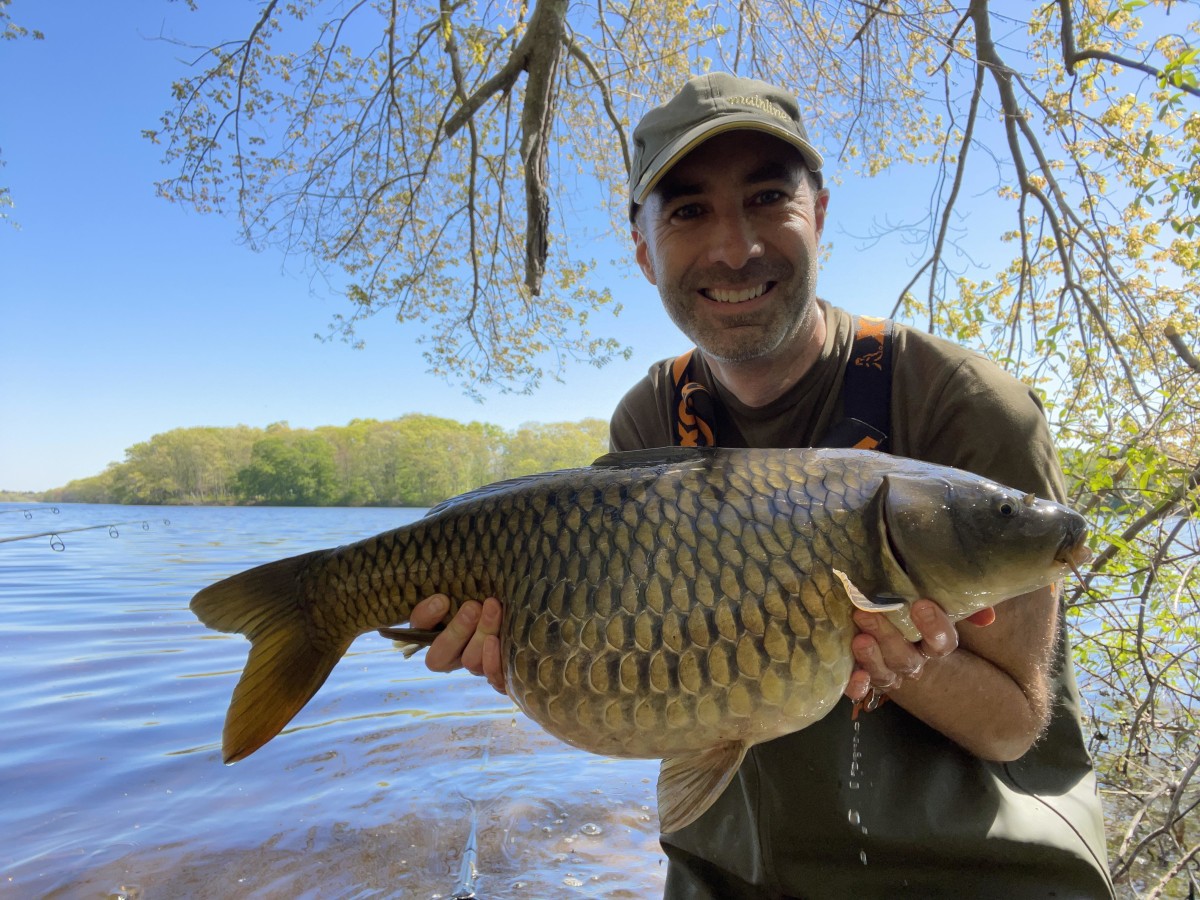
Big And Beautiful
Adam talks about his experiences fishing large American waters, and shows us some of the stunning fish he has caught...
Everything is bigger in America, no question. Houses, cars, people – even nature. The landmass itself is big, really big. Let me say from the off; big is not necessarily best. But it does present its challenges and its treats – and no, I am not talking about supersize servings and endless refills, although they exist too. As anglers, for carp or any other species for that matter, you cannot avoid the invitation and challenge of the large waterways that span the U.S. Most lakes and rivers are under-explored, where fish and nature thrive undeterred by man (or woman). Angling pressure is scarce; I know of no syndicates, angling clubs or any pressured fisheries. Wow, what a sentence, and what a difference from the U.K. venues I fished for so many years (and still do from time to time).
My move to the U.S. occurred in January 2019. I have explored the small region of states familiarly termed 'New England' for nearly three years. This cluster of states is small in comparison with the landmass of the country. A plethora of lakes and rivers are scattered throughout the North East, with the famed Connecticut River flowing from top to bottom from New Hampshire/Vermont in the North, through Massachusetts, and then emptying at Long Island Sound, Connecticut.
I am reasonably well-travelled and have enjoyed fishing in numerous locations around the world, including nearly a quarter of the states in the U.S. One consistency I have observed when considering carp fishing in the U.S., while big is not necessarily best, and the U.S. does not offer the biggest carp in the world; they are among the most beautiful. There are wild, long commons that strip lines from tight reels without hesitation and beautifully scaled mirror carp – nearly all of them never caught by any angler before. Sounds good, right?! It is, but big does have its challenges, as I have found out.
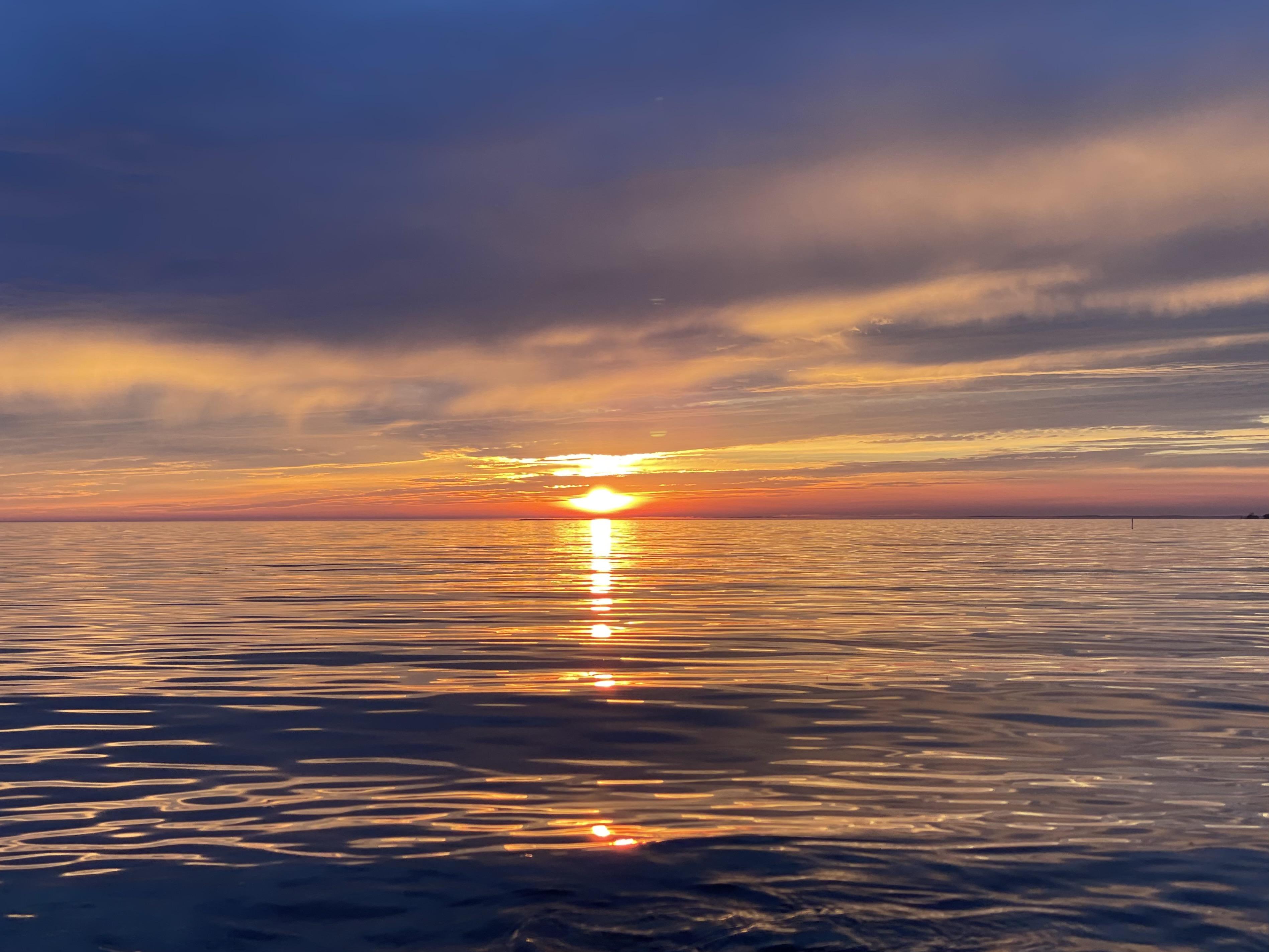
Earlier in 2021, I vowed to explore carp fishing opportunities closer to home. The allure of the open road, combined with cheap fuel, meant I had been travelling two hours each way to wet a line - nearly always pointing my car in the direction of the Connecticut River in western Massachusetts. The Connecticut River hosts some incredible scaley mirror carp, with a good head of fish exceeding 30lb (a good size in the U.S.). While the St Lawrence River offers the angler a better chance of numbers of fish, the Connecticut River seems to host a larger average size, plus considerably greater numbers of mirror carp. Sprinkled into my fishing calendar were a few trips further afield, Lake Ontario, the St Lawrence and Dale Hollow, to name a few. These 'special' trips always have a place, but I must say, after countless hours of travel, at the beginning of the year, I was desperate to fish closer to home. In January, Iain Sorrel, the Carp Anglers Group chair, introduced me to Dave Pickering, the state chair of the neighbouring state, Rhode Island.
A brief geography lesson will come in handy; Rhode Island is closer to Eastern Massachusetts than western Massachusetts. Therefore, instead of trying to fish in-state, broadening my horizons across the state line into Rhode Island increased my options yet still kept me within a 1hr drive from home. Dave's a great guy and generously suggested several waters I 'might want to check out'. One such water was a reservoir that spanned the state line of Massachusetts and Rhode Island. At 120 acres, it's the smallest water I have fished in three years. The stock, like most waters in the U.S. is unknown. Dave told me of times when multiple numbers of fish can be caught in a few days, and then other periods when regular anglers catch nothing for a month. Here lies the first challenge of fishing large waters – the fish can be a long way away! This challenge is so far removed from my experience fishing in the U.K. Most waters I fished back home (England is still home) had a definite stock, often with the best fish known, named, and their captures predicted at times. Carp fishing in the U.S. couldn't be any more different!
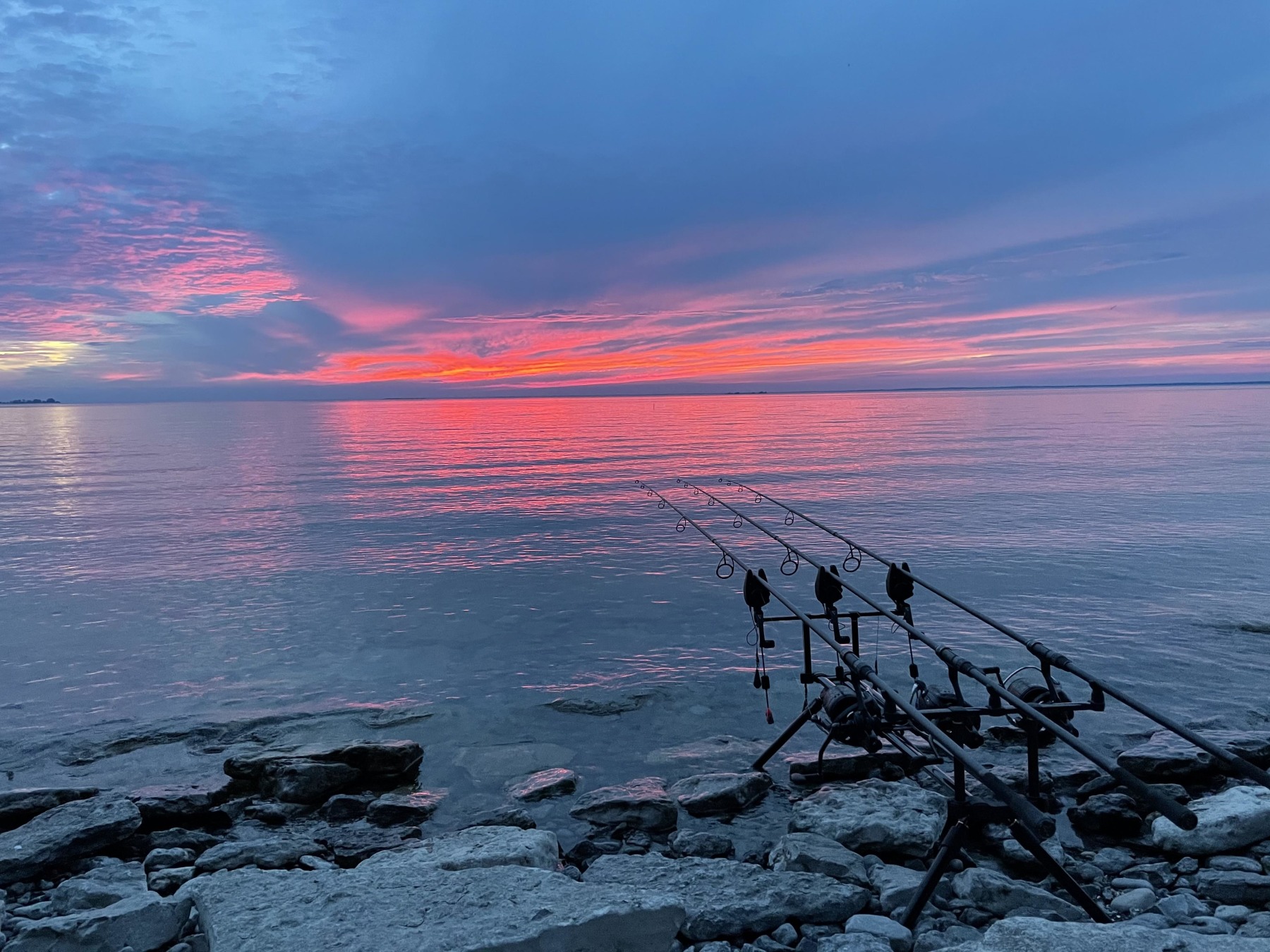
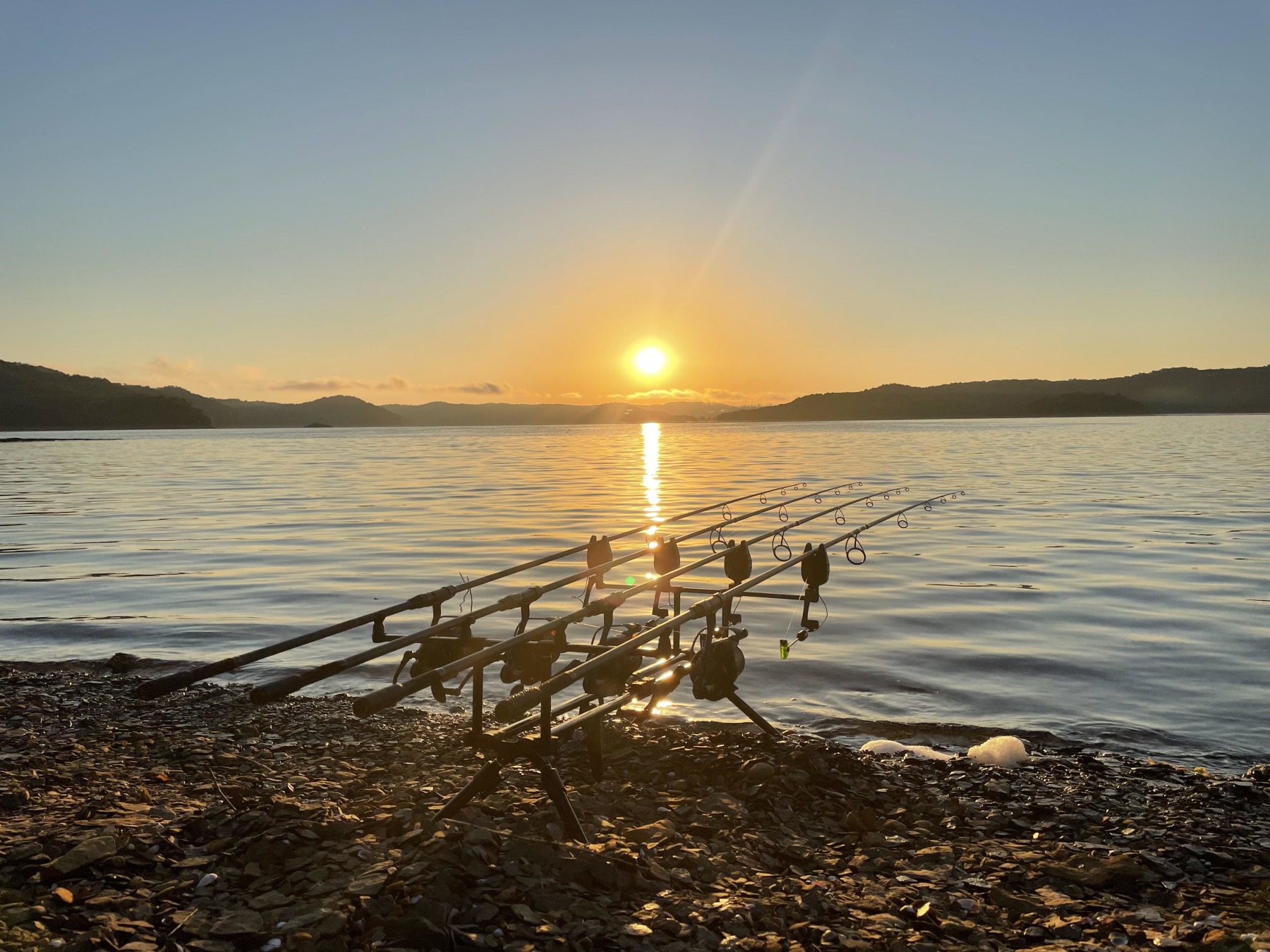
During the spring of this year, I fished a few times on the Rhode Island/Massachusetts reservoir, enjoying, as predicted, days with multiple takes and other periods when the alarms remained silent. The biggest fish I landed during my short spring fishing was mid-twenties, but the time I spent there was enjoyable. I'll be back for sure!
From the subtle to the sublime; If a 120-acre reservoir sounds big, then the lake I fished next moves the term 'big pit' to another level. A work opportunity took me north, six hours north to upstate New York. On this occasion, the St. Lawrence river was not the destination. An overnight stay in a small town called Adams New York meant I was overlooking the vast expanse, that is, Lake Ontario. The word 'Lake' needs to be redefined; Lake Ontario is 4.6+ million acres! (that's not a typo). My initial thoughts; how do you approach such a water?! It's a sea, an ocean. Sea fishing for carp. In freshwater. Bizarre! Mind-bending. Yes. All of those things, and more! Sadly, I only fished one night and two days with no carp caught. Not only were there no carp landed, but I also am not convinced there were any in the vicinity of where I was fishing. During my short trip, I utilised a kayak; very helpful on big waters, which enabled me to bait and position my rods. Inspection of the area revealed that all the bait I fed the swim remained untouched. In hindsight, I do not believe there were many, if any, carp in the area. Here lies the biggest challenge of fishing large waters – location, location, location. It's no surprise that unpressured carp are not hard to catch. However, you could be fishing miles on these vast waters, and I genuinely mean miles away from any fish. Still, the sunsets paint a picture that is incredibly inviting and not at all intimating. Before I left the area, I explored a small ravine that flowed into one of the bays. As I crossed over an old wooden bridge, I spotted two mid-double commons perusing the muddy banks. Lesson learned, even on the biggest lakes in the world, never overlook the margins!
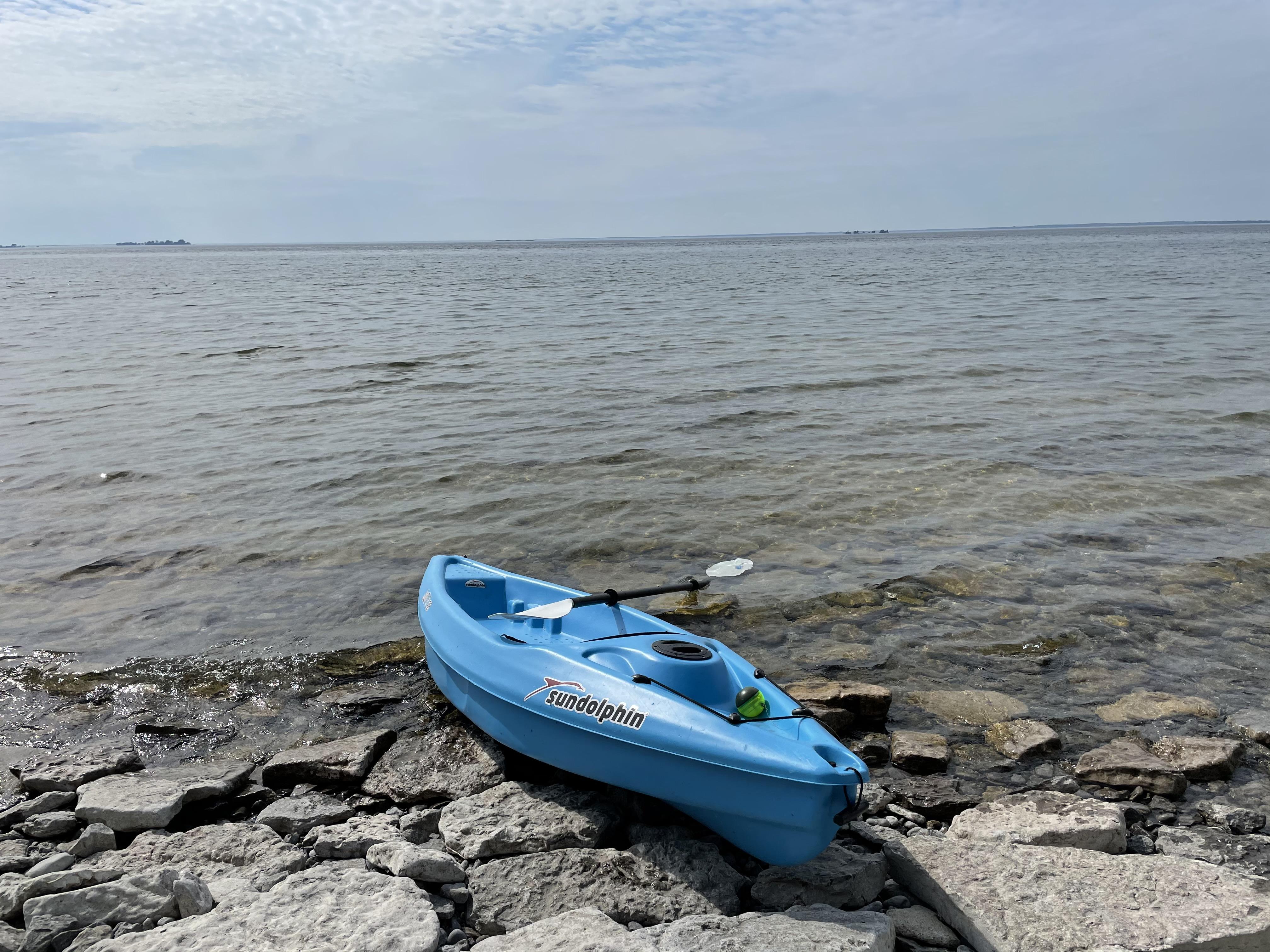
A house move in the summer instigated a pause in my angling. However, all was not lost; last winter, three other English carp anglers who all live and work in the U.S, planned an early autumn trip to Dale Hollow Reservoir on the Tennessee Kentucky border. Dale Hollow is increasingly making its mark on the carp scene, with anglers from all over the world travelling to fish its 27,000 acres of water. The reason for such interest lies in the exceptional stock (again unknown) of fully scaled mirror carp that reside in the many arms and bays that make up this fantastic lake. A full write up of our trip is on the horizon (coming soon). In keeping with the theme of this feature, the 90 carp we caught between the four of us were stunning scaley mirrors and hard fighting wild commons. The takeaway lesson once again, location. Sure, lots of bait helps – but location continues to be the ace card. Depths between 10-30ft produced the most action, with fresh weed being a natural holding area for numbers of fish. For those interested in tackle and tactics, proven rigs such as stiff hinge pop-ups, snowman arrangements and solid bags with short rigs suffice. At Dale Hollow, I even managed a hard fighting scaley mirror on a 14ft zig when the bottom rods were silent. As with angling anywhere in the world, adapt to succeed.
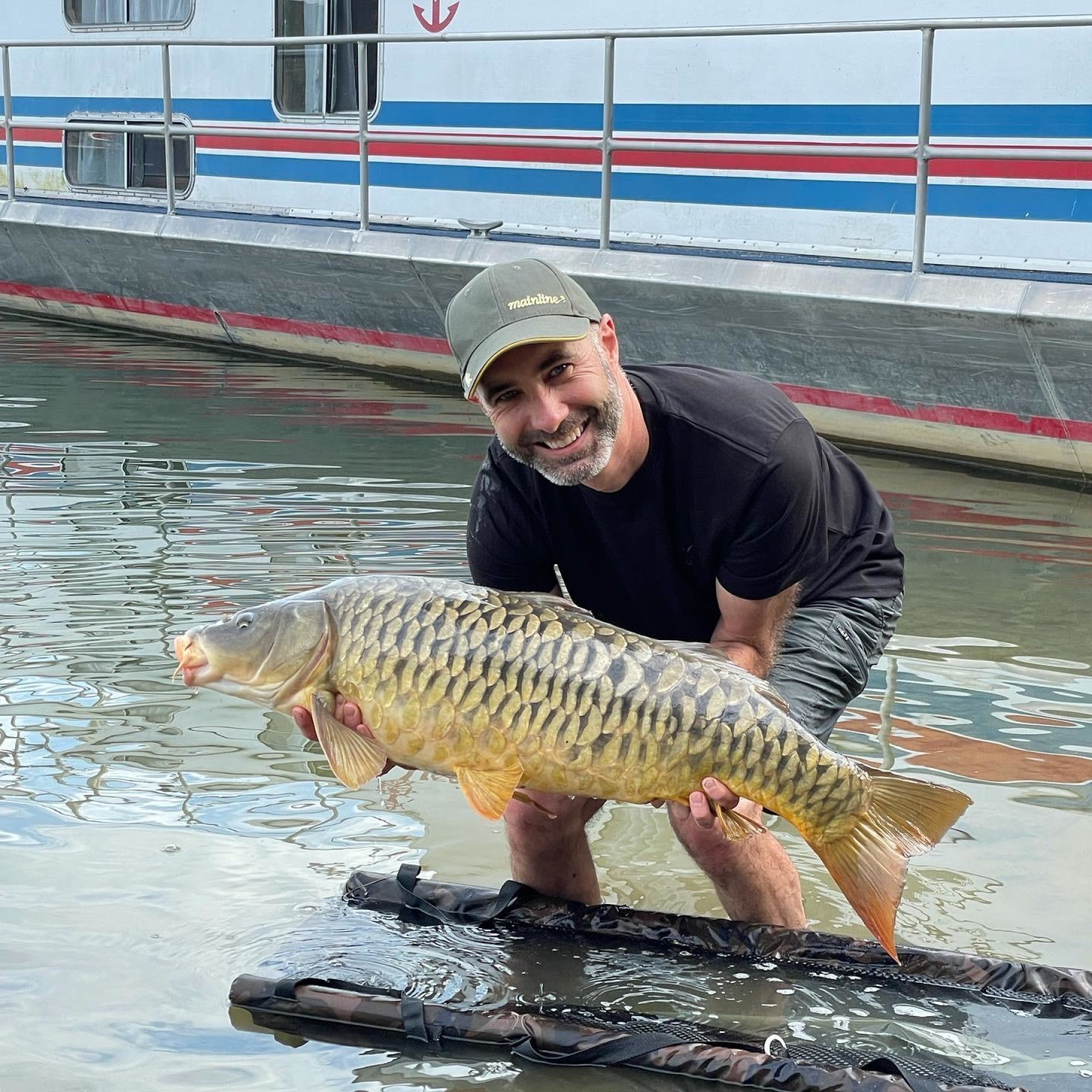
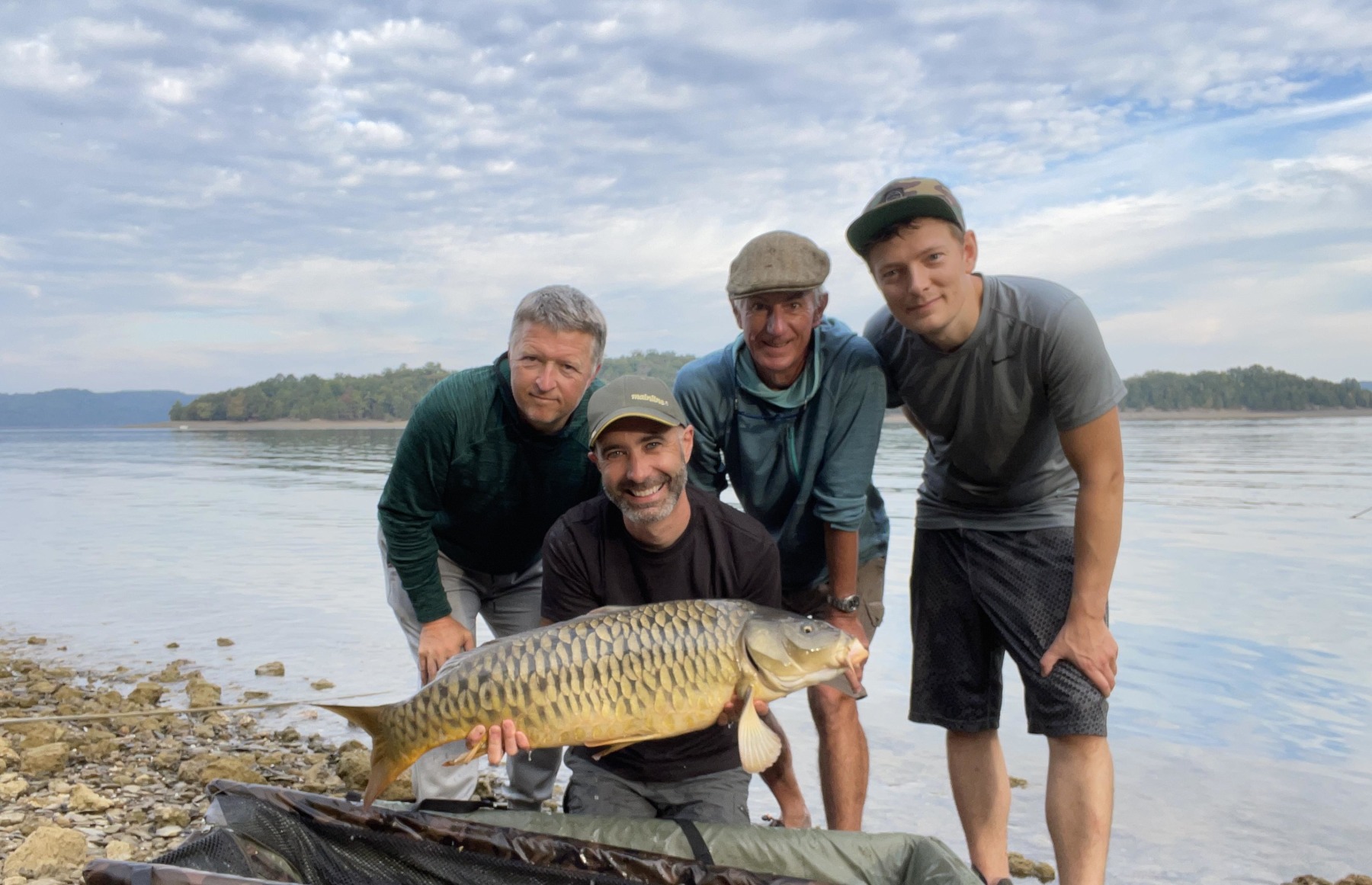
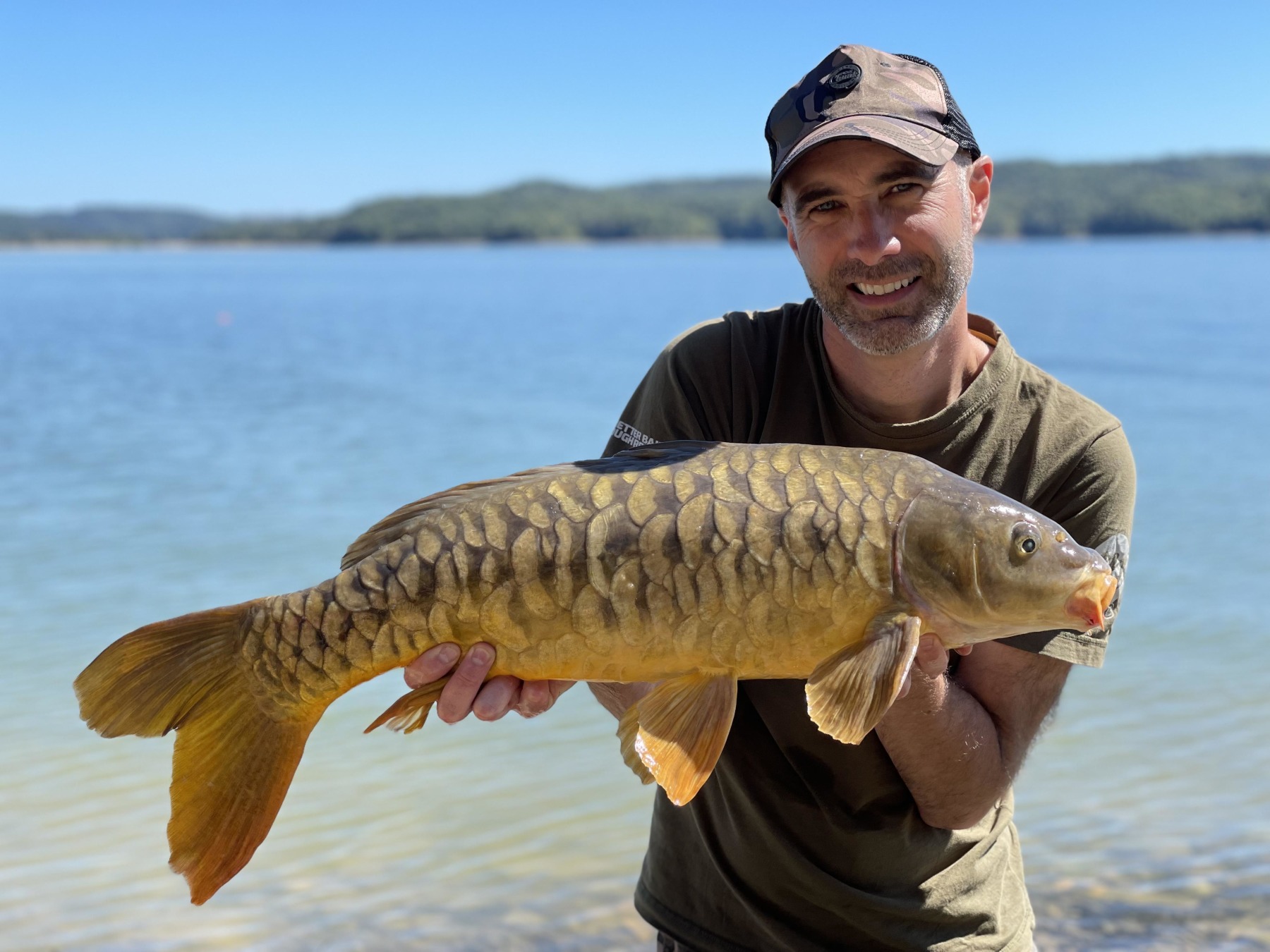
Upon reflection, I actually miss fishing smaller intimate waters. Big waters can be exhausting! Boats, kayaks, extreme weather all take their toll. However, for those who aspire to pioneer, a wild river or a large lake provides a mystery that can be an addictive allure. Uncaught fish always have something of a spotless blemish about them. And many of them indeed are beautiful.





